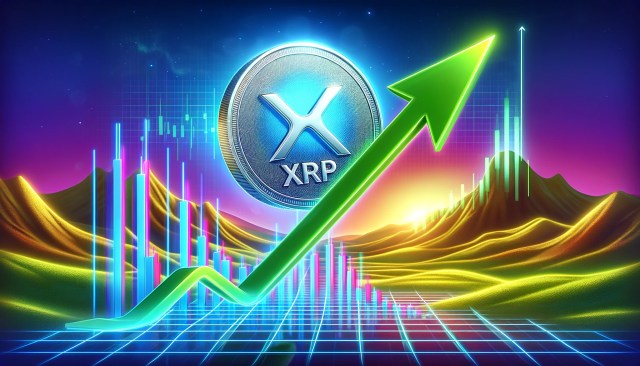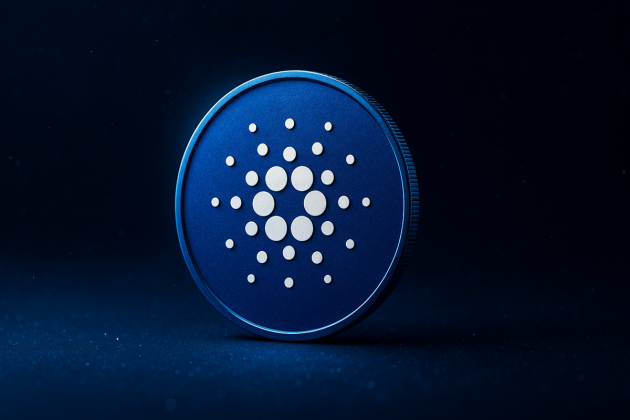The Bitcoin mining hardware race could be on the cusp of entering its equivalent of the atomic era as the quantum computing sector matures.
While today’s quantum computers are largely experimental, recent advances in quantum chip technology and hybrid artificial intelligence functions have pushed the field forward faster than many scientists predicted.
One of the biggest concerns in the industry is developing quantum-proof cryptography solutions. The fear that quantum computers will crack standard encryption has led to the onset of new protocols and encryption standards. This, however, isn’t the only potential catastrophic-level threat quantum computers pose to the blockchain industry.
Bitcoin mining
The world could still be decades away from a general quantum computer capable of outperforming supercomputers at most tasks, but there are already machines capable of quantum supremacy in running specific algorithms to solve dedicated tasks.
One of the algorithms that quantum systems are form-fit to excel at is called “Grover’s algorithm,” and, theoretically, it could be directly applied to blockchain mining.
Bitcoin (BTC) mining, for example, is based on a proof-of-work concept that involves solving cryptographic puzzles. As computers and mining algorithms become more efficient at solving these puzzles, their difficulty increases.
This helps to maintain the blockchain and works as a de facto decentralization method. If someone builds a computer fast enough to solve all the problems, then all the problems get harder.
Theoretically, the upper limit on this cryptographic difficulty — called the “target” in mining lingo — would be somewhere in the area of 2 raised to the power of 256.
The laws of physics, as scientists understand them, would prevent even a fault-tolerant universal quantum computer from feasibly conducting the necessary calculations to break this quattuorvigintillion (a 78-digit number) cryptography problem.
Satoshi and science
Satoshi Nakamoto and others credited with the development of Bitcoin foresaw a future where computers would continue to become more powerful. They understood that this threatened the decentralized nature of Bitcoin and implemented some protections.
The “genesis” Bitcoin block was mined using a typical CPU from the 2008 era — something likely equivalent to a Pentium 4. The next block, “block 1,” was mined six days later. From that point on, however, the target time for each subsequent block has been 10 minutes.
Miners have gone from CPUs to GPUs with a brief foray into FPGAs before finally settling on the status quo as of Q3 2024, application-specific integrated circuit (ASIC) miners.
Where CPUs were sort of all-purpose number-crunchers, and GPUs excelled at the specific crunching necessary to solve cryptographic puzzles associated with Bitcoin mining, ASIC rigs are purpose-built for the task of solving SHA-256 encryption.
However, despite the hardware advances, the network still tries to ensure each block takes 10 minutes to mine.
Quantum mining
The next frontier in the mining industry could be quantum/classical hybrid rigs. Taking advantage of the aforementioned Grover’s algorithm, miners using a sufficiently fault-tolerant quantum computer could theoretically increase mining efficiency over current techniques quadratically.
This wouldn’t change how long it takes to mine a block. However, it could raise the difficulty beyond the capability of non-quantum hardware. Much like it wouldn’t be feasible (or profitable) in 2024 to mine Bitcoin using a PC, quantum-based miners could make ASICs obsolete.
There are myriad challenges that would need to be solved before that happens, however. Chief among those would be the fact that quantum computers aren’t mature enough. But, as mentioned above, miners wouldn’t require the use of a full universal quantum computer.
A mining rig built on classical equipment could interface with a dedicated quantum chip to perform high-level algorithmic functions, thus reaping the benefits of quantum mechanics and the feasibility of binary computers.
There are also numerous cloud-based quantum computing solutions that could offload the expense of developing a quantum computer through quantum-as-a-service solutions tailored to run Grover’s algorithm.
Related: UK risks quantum startup exodus after Labour slashes incentives









